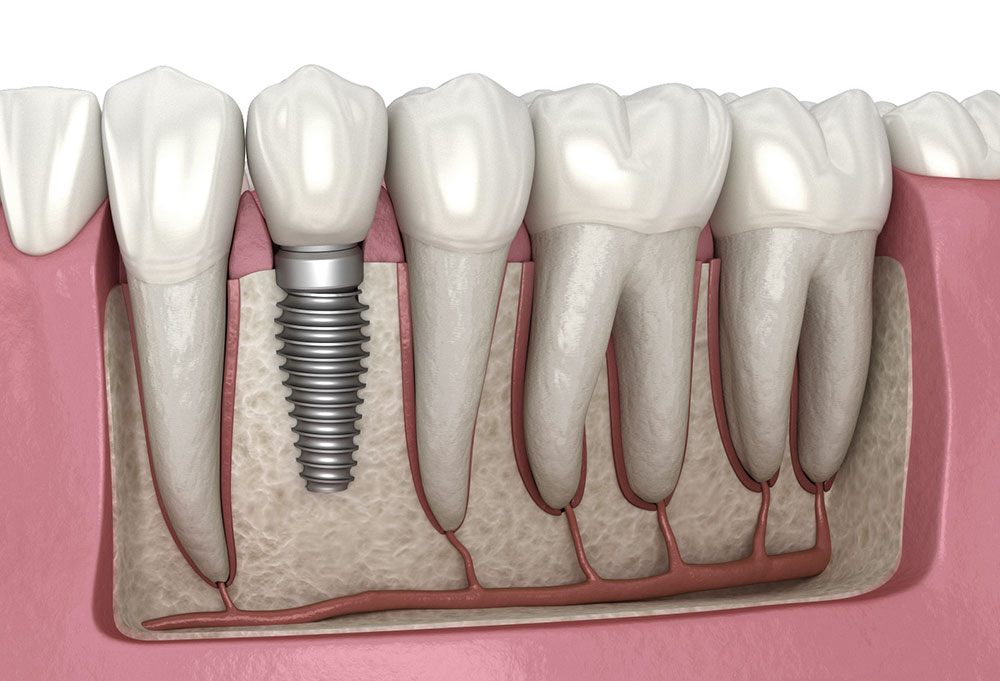There are many ways to replace lost teeth these days. In most cases, nothing provides a better result than dental implants. They look, feel, and function exactly like a natural tooth. With improvements in technology, getting a dental implant has never been easier or less expensive than it is right now.
Using a dental implant to replace a missing tooth is a lot like hanging a picture on a wall. When hanging a picture, you first find a stud in the wall, then you place a big enough screw to hold the picture. In the case of dental implants, we first find good quality bone, then we place a dental implant big enough to hold a crown, bridge, or denture. Just like you wouldn’t use a rotten stud to hang a picture, dentists won’t use poor quality or inadequate bone to place dental implants. In some cases we may require additional surgeries to produce good quality bone for implant placement.
Dental Implant Basics
Dental implants offer a variety of solutions to the problem of tooth loss. With implants we can replace a single missing tooth anywhere in the mouth, or we can replace all of the teeth.


Dental implants for crowns and bridges typically involve three parts. The dental implant itself is like a screw that we place directly into bone. The implant may then attach to a variety of different components. If we are replacing a single tooth, then an abutment will attach a crown or a bridge to the implant.
If we are using our implant to attach an overdenture, then we will have different attachments depending on the type of overdenture:
- Implant-supported overdentures are fixed in place; they attach to dental implants using screws and may only be removed by your dentist.
- Implant-retained overdentures are removable but snap onto dental implants.
- Bar-retained overdentures feature a metallic bar that connects multiple implants together, the overdenture then snaps over the bar.

Dental Implant Surgery
Dental implants are placed into jaw bone surgically. The number of surgeries and duration of time to completely restore dental implants depends on many factors. The number and types of surgeries you require is up to your dentist. Below are some of surgical procedures dentists use to place dental implants.
Immediately Loaded Dental Implants
Got a tooth that needs to go and you want a new tooth in its place immediately? An immediately loaded implant is your best bet. Immediately loaded implants demand a high level of technical proficiency from a dental provider.
First, the dentist must perform an a-traumatic tooth extraction, avoiding any damage to surrounding bone. Next, they must place the implant in an ideal position to provide maximum stability while allowing for adequate restorative space. Finally, the dental team must fabricate and place a temporary prosthesis that looks natural, but protects the implant from stresses that could lead to failure. I say dental team because the outcome of the prosthesis depends on many people including the dentist, their assistant, and the dental lab technician who fabricates it.
One-Stage Dental Implant Placement
Immediately loaded implants aren’t always possible. Also, they are more likely to fail in their first year, about 300% more likely according to one study. There is one alternative that takes more time, but offers a high success rate. Though it is not an immediate solution, one-stage implant placement does speed things up considerably. A typical two-stage implant may take 6-9 months to complete. A one-stage implant placement may take only half that time.
Implant placement has two distinct phases: a surgical phase, and a restorative phase. One-stage implant placement speeds things along by skipping straight to the restorative phase. Rather than closing the gums and burying the implant after placement, we skip straight to the healing abutment. What’s a healing abutment you ask? See the photo below:

The gums will heal around that metal healing abutment, so that in 3-4 months we can just get an impression and make our crown. If this were a two-stage implant placement, then we would wait 3-4 months before even placing the implant.
Two-Stage Dental Implant Placement
Two-stage implant placement is the gold-standard of implant placement procedures. It takes the most time, but it has the best outcomes. This is why we measure all other methods against it. When other options are not available, most dentists will opt for two-stage implant placement.
Two-stage placement usually involves bone grafting after tooth extraction. After placing the bone graft, the gum is closed up and allowed to heal for 3-6 months. After the bone heals, we place the implant. Depending on where in the mouth we place the implant, and the quality of the bone, we allow the implant to heal in place for 3-6 months before we uncover it. Uncovery involves opening up the gum, and placing a healing abutment. This is where we started with the one-stage implant placement. Just like the one-stage implant, we wait a few weeks for the gum to heal around the healing abutment, then we take final impressions.
Sinus Lift
Sometimes there simply isn’t enough bone to hold a dental implant, especially when it has been a long time since a tooth was pulled. When this happens on an upper tooth, a sinus lift may be an option.
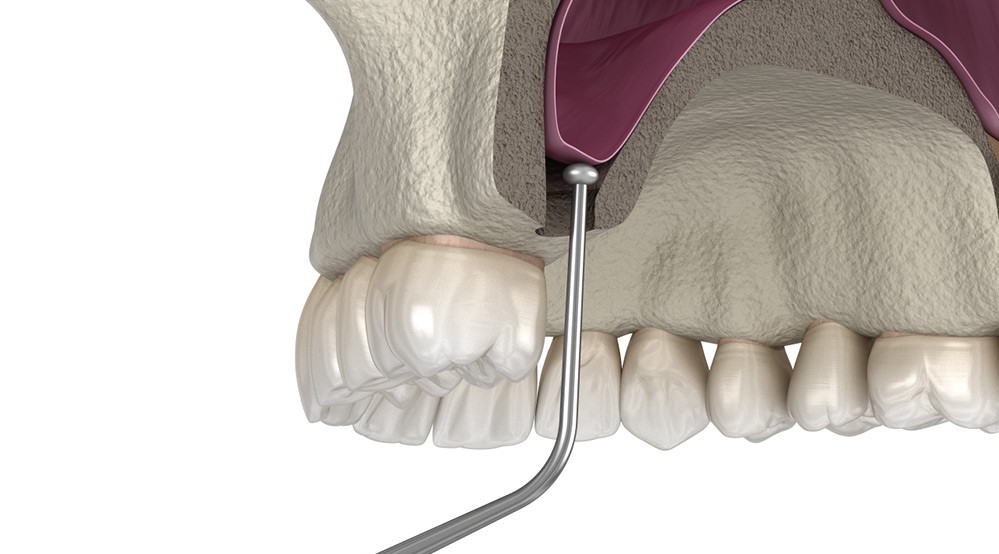

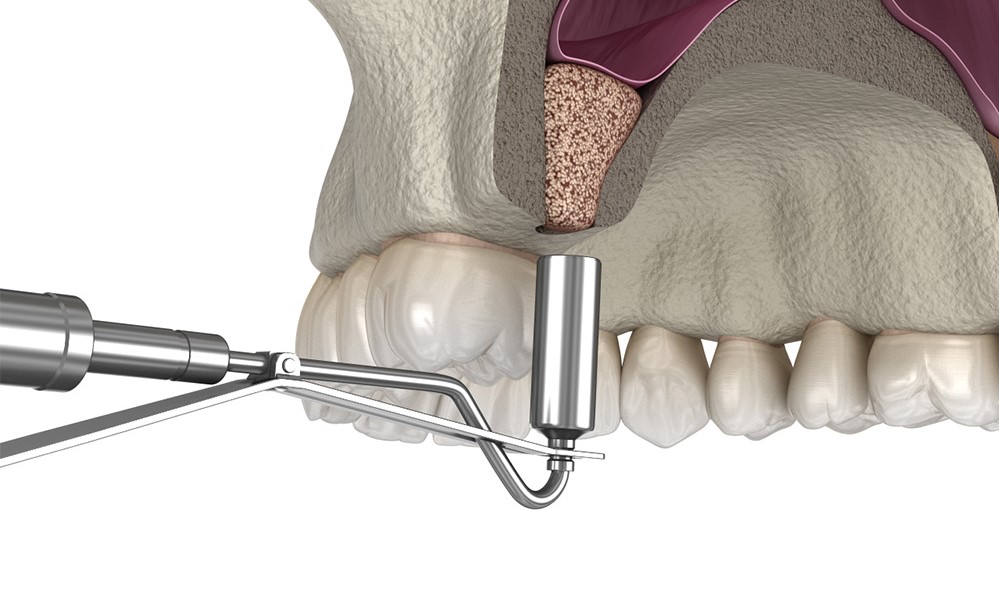
In some cases we may place dental implants immediately into the sinus bone graft, this can shave months off of total treatment time. Whether this is possible or not is up to your dental provider.
Long Dental Implants
Patients with little or no bone may still be able to benefit from dental implants. Specialized long implants that can reach deeper than traditional implants can make it possible for patients with little or no bone to have implant overdentures. Long implants like zygomatic and sphenoid are best left to highly skilled and experienced practitioners.
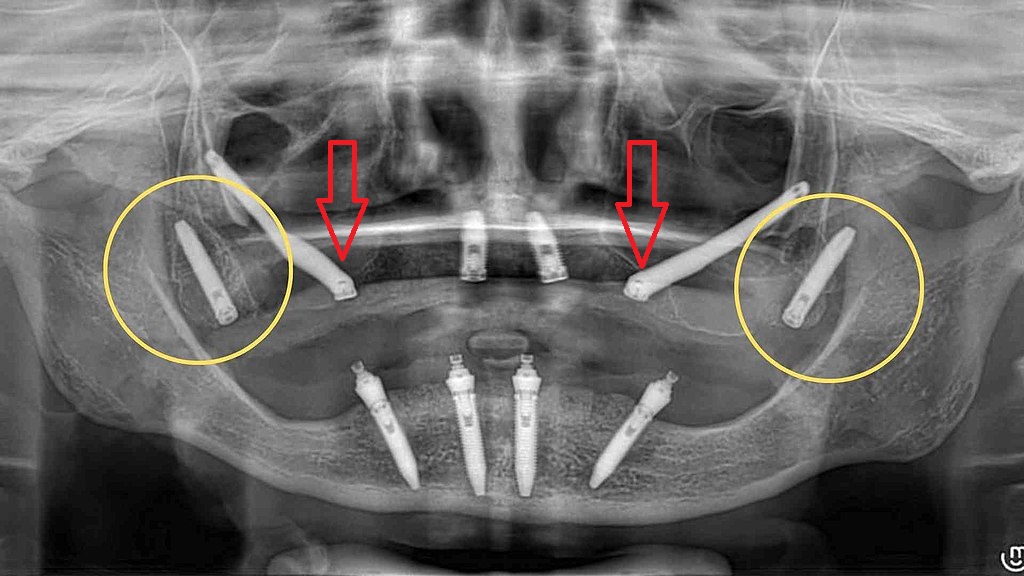
Alternative Materials
Today, there are alternative materials and methods available for implant placement. As many as two million Americans (0.6%) may have a titanium sensitivity. Until 2005, there were no alternatives for patients in need of a dental implant but who may not be able to receive a titanium dental implant. Today, there are alternative materials available for patients who suffer from titanium sensitivity.
Ceramic Root-Form Dental Implants
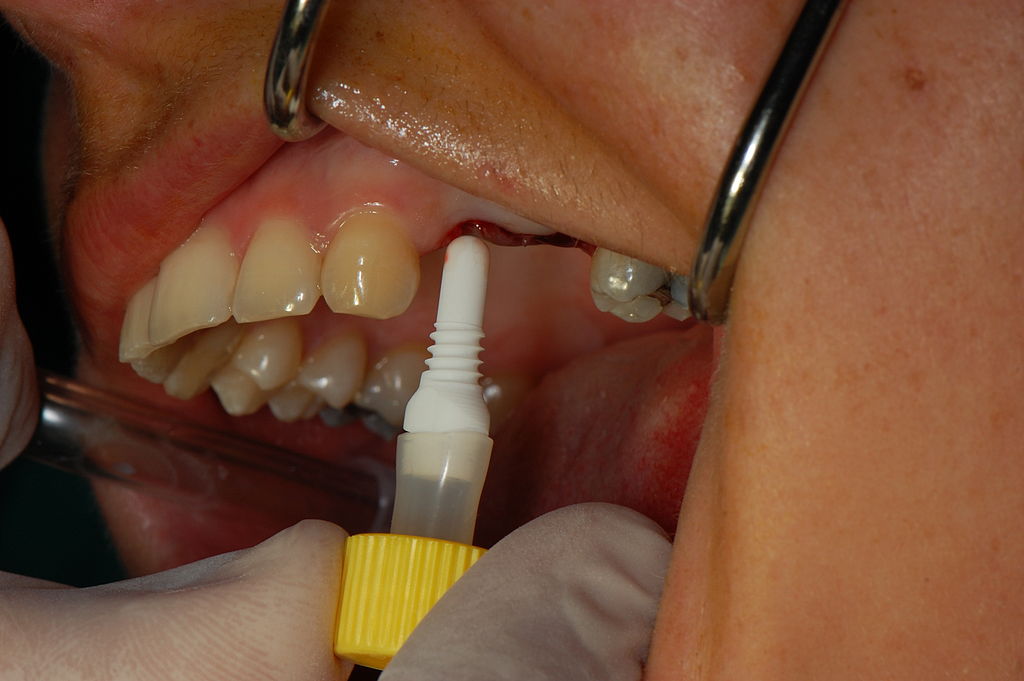
Ceramic root-form dental implants have a similar root-form structure to traditional titanium implants, but they are made from ceramic instead of titanium. They are not a replacement for titanium implants. A number of studies have demonstrated that ceramic implants have a higher failure rate than titanium implants do. But, they do offer an alternative implant solution for patients with titanium sensitivity.
These implants allow titanium-sensitive patients to benefit from all of the advantages of a dental implant. Ceramic dental implants are usually made from a strong ceramic material like zirconia, the same material we use for durable crowns. Although they are not a replacement for titanium implants in patients without titanium sensitivity, ceramic implants do offer some distinct advantages:
- Ceramic implants are white, making them appear more like a natural tooth even with thin gums.
- Titanium may corrode due to electrochemical reactions that occur in the mouth, a problem that does not plague ceramic implants.
- There is some evidence that titanium may accumulate in surrounding tissues, the health effects of this accumulation are poorly understood. Zirconia is an inert and biocompabible material and is not believed to have any significant health effects.
Ceramic Root-Analogue Dental Implants
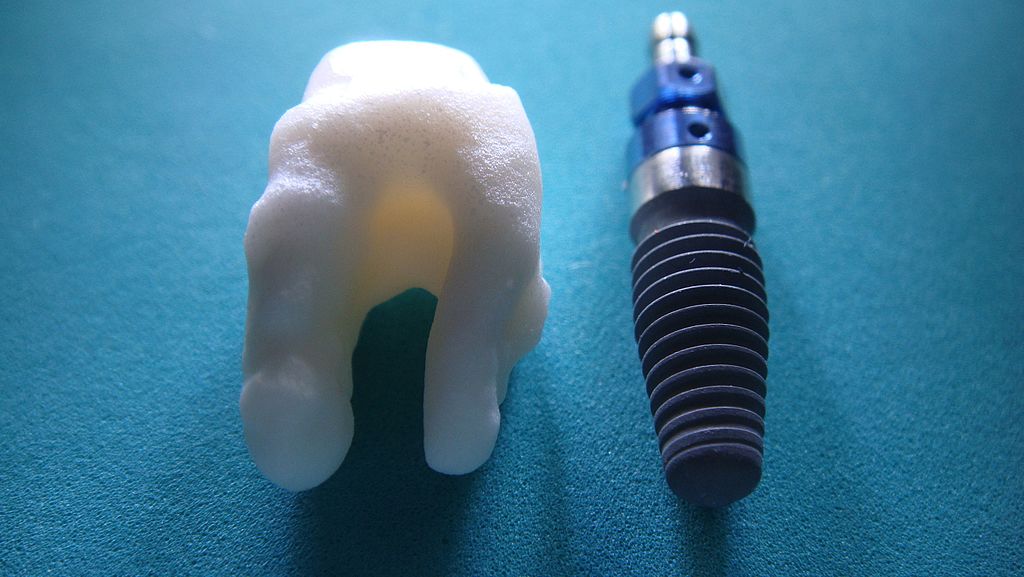
Made from the same material as ceramic root-form implants, implant analogues are milled or printed to match the shape of the tooth it replaces. Rather than drilling a hole and placing a root-form implant, we can fill the hole that your tooth left behind with an implant that looks just like the tooth you lost.
These implants are not widely available in the United States. Though they offer a promising alternative to titanium implants in the future, they likely still suffer from the same susceptibility to mechanical failure that other ceramic implants do. With future improvements in materials and technology, they may someday offer an ideal and lasting solution to the problem of tooth loss in all patients.

Why Dental Implants?
The decision to replace a lost tooth is ultimately up to your and your dental provider. Speaking generally, there is no better way to replace lost teeth than with dental implants. They may not always be the most economical solution, but they offer a durable, esthetic, and lasting result. For patients who desire a tooth replacement that offers the same function, look, and feel as a natural tooth, there is nothing comparable to a dental implant. Thanks to a variety of available materials, technologies, and advancements, just about anyone can receive dental implants today.

